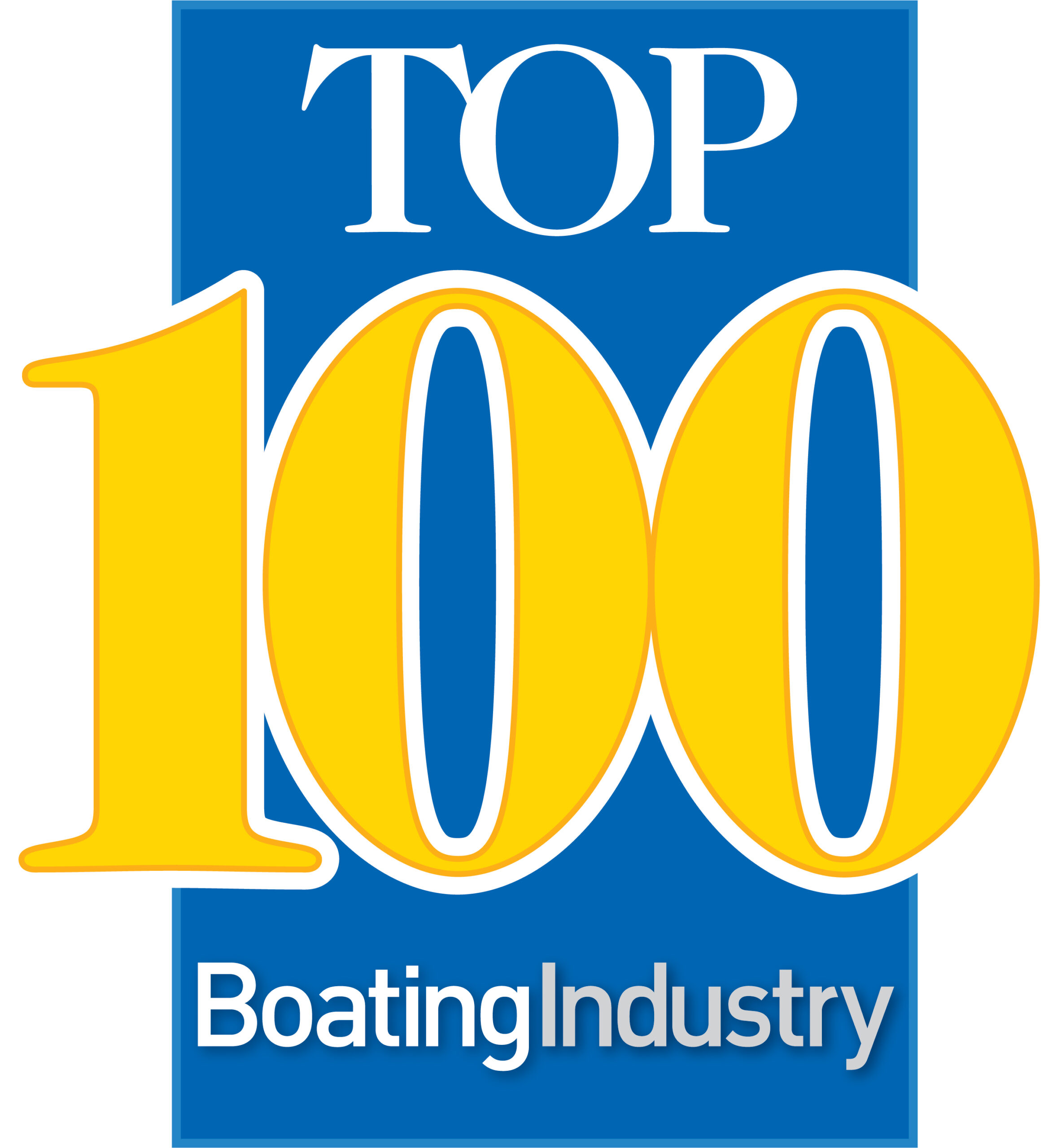Eye of the Beholder
I’m a Best Buy junkie. I’ve bought just about everything that my lifestyle requires — and my wife allows — from the mass electronics retailer: car stereos, Walkmans, MP3 players, printers, a couple DVD players, VCRs before that, an entertainment system, a television, blank CDs and DVDs, and so many music CDs that I need a bookshelf to hold them all. And I’m obviously not alone.
The main reason we shop at Best Buy is because of its outstanding selection. Throw in competitive prices, and it’s difficult for me, at least, to consider shopping elsewhere.
Lately, though, there’s something even better about shopping at Best Buy. It’s the atmosphere. Maybe you haven’t noticed, but Best Buy, from one region to the next, even one suburb to the next, has designed its stores specifically for its customers.
Two years ago, the company defined five specific types of customers to design or customize its stores for, from your stereotypical soccer mom, who wanted an easily navigable store, to independent business people, who wanted the technology to help them manage their businesses.
The result? Gone is the big box approach to retailing that demanded a low-cost, high-volume merchandising strategy. You know the one: a fluorescent lit, concrete-lined warehouse-posing-as-store. Inside, single products stood perilously perched on stack after stack of four-ply cardboard boxes housing the same products.
Now, stores have been refocused to appeal to those specific buyers. Soccer mom stores offer ease of shopping and easy-to-find products. Other stores place mobile technology products like cell phones, laptops and GPS units up front so the mobile office professionals can manage their businesses quickly and efficiently.
Best Buy’s strategy has worked to the tune of $6.1 billion in sales in the first quarter of 2005, a growth of 11 percent over last year’s same quarter.
My question is: What are marine dealers doing with their store designs and product mix to entice their customers?
Given Best Buy’s success targeting specific types of customers across a nation that has myriad consumer preferences and demographics, marine dealers should have an easier time when it comes to selling fun on the water. The key to Best Buy’s success is that it didn’t just focus on aesthetics. No, the retailer fine-tuned its merchandise selection and completely overhauled its approach to service and installation for each geographic region in which it does business.
Many marine dealers have found that a simple makeover of a store’s design can increase profitability. But by shaping and improving the entire boating experience — which really begins before the point-of-sale and extends beyond the water’s edge — marine dealers can bolster customer loyalty, repeat business and employee morale as well.




